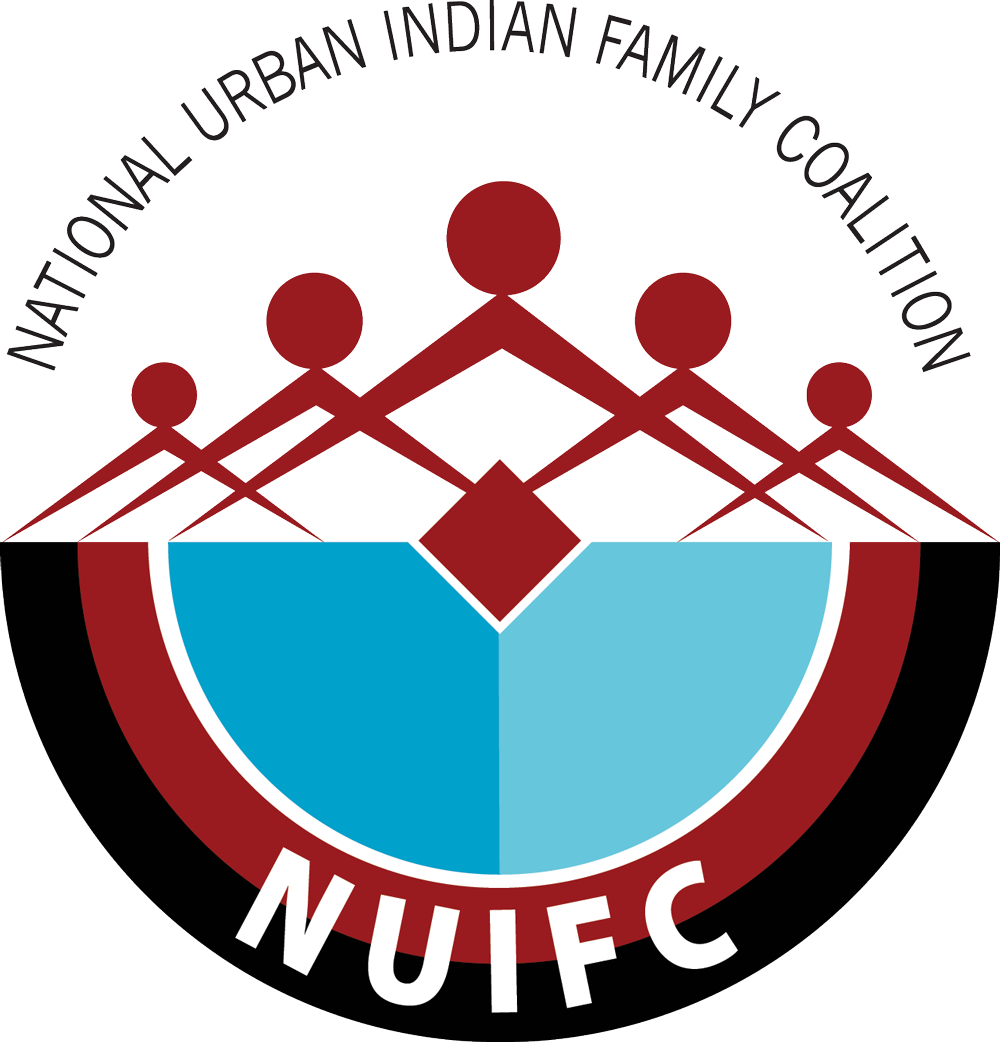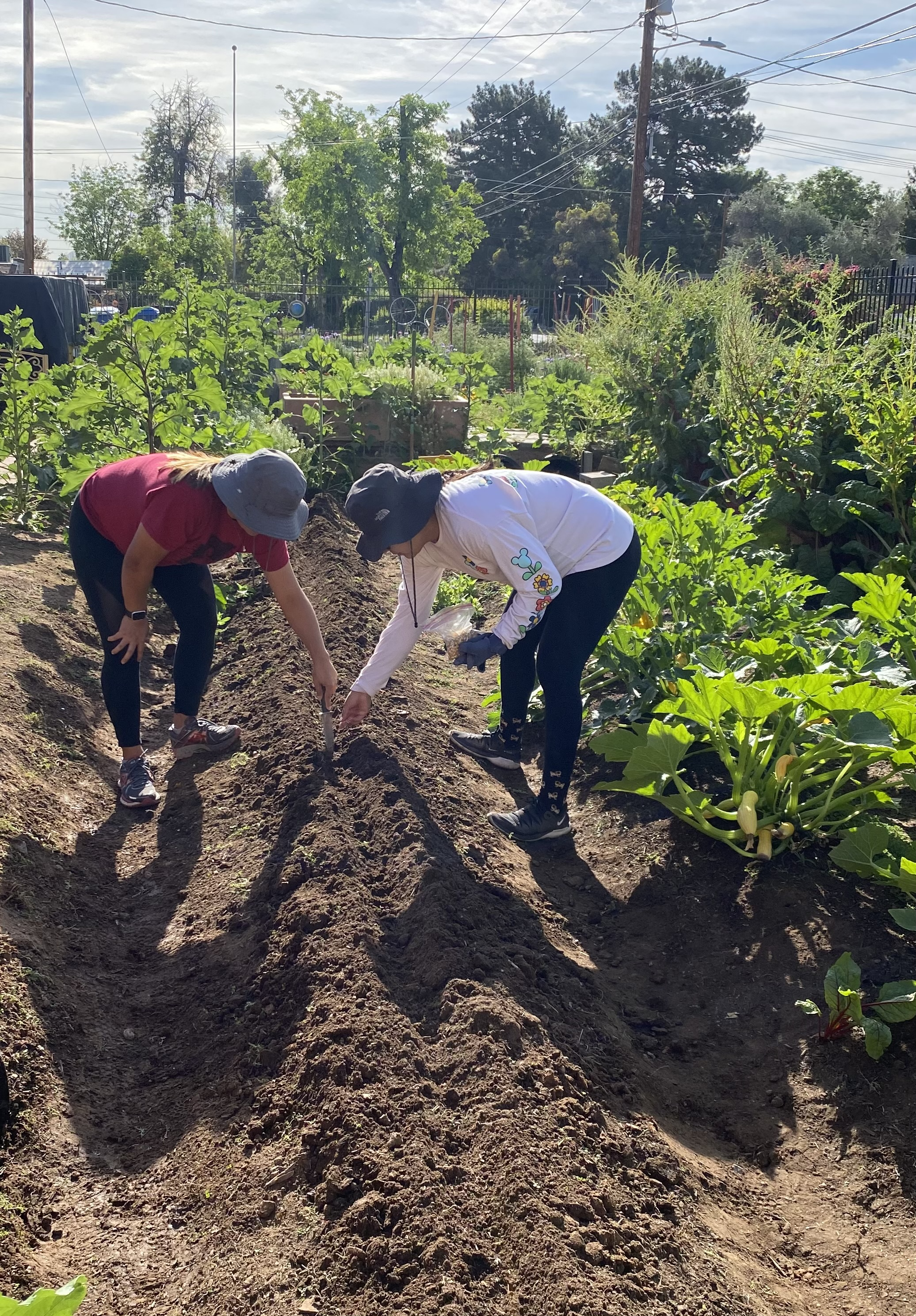NUIFC Story // Urban Native Gardening
In the confines of the urban landscape, cities have begun to see the growth and importance of urban gardening, and like so many other trends we’re seeing, Indigenous knowledge, Native people, and Native organizations are leading the way.
“This movement comes from the idea of being sovereign, from being able to sustain ourselves with food that we make, “says Lorraine Nez, with the HeSapa Voter Initiative, in Rapid City, South Dakota, and the leader of their urban gardening program.
“We know there is an appetite for this work and that people are searching for that community effort these gardens provide. That’s why this works, it’s more oriented for the community than individual-oriented and that is in our DNA.”
The power of urban gardening, the strength it can give to a community, and both the physical and emotional value it brings are many of the reasons the practice is growing exponentially. We’ve seen these Indigenous gardens pop up in the Native American Youth and Family Center, Denver Indian Center, Little Earth of United Tribes in Minneapolis, the Kansas City Indian Center, in Chicago, Cincinnati, and as you’ll see shortly, in Seattle, Rapid City, and Phoenix.
With summer in full swing and these gardens beginning to blossom, the NUIFC wants to highlight some of the cities and programs which are leading this gardening renaissance and are being led by Native people and organizations.
We want to answer some important questions, like what makes these gardens successful? How can they strengthen a community? How do they endure in a constantly changing city? Each organization answers these questions differently, but each reminds us of a truth we know well; Indigenous knowledge has the power to save the world.
Chief Seattle Club
We start here in the NUIFC’s own backyard, where Chief Seattle Club has launched their Sovereignty Farm, a nearly one-acre farm just south of Seattle. The farm was tied into Chief Seattle Club’s existing vocational rehabilitation program, Native Works, which allows them to focus on training their apprentices in gardening and green jobs.
“Every day they are out there they are learning how to plant and everything that is out there,” said Lacey Warrior (Dena’ina / Gros Ventre / Alutiiq / A'anii), director of Native Works. “They are planting the seedlings, watching them grow, and learning from knowledge keepers to see the indigenous perspective. It’s not your standard urban garden experience.”
As Warrior puts it, the value of the farm is twofold. It provides a space for healing, allowing people to have a space to feel comfortable beginning that healing process and dealing with generational trauma that so many Native people struggle with. The farm will also provide food to a café that Chief Seattle Club is opening later this year, where people will be able to come and enjoy traditional Indigenous foods grown at the Sovereignty Farm.
Like so many projects, the Sovereignty Farm was affected by the COVID-19 pandemic, with some logistics being scrambled and leading to deliveries and projects taking longer than expected. Still, the farm became a lifeline to many as it provided an outdoor space people could safely congregate at. This gave people something to look forward to and a way to get outside. In this difficult time, the Sovereignty Farm showed how valuable greenspace and gardening can be to urban Native people.
“The access to sovereignty farm has been a big blessing, we are so excited to be able to offer it to our members,” says Warrior. “So many of our members live outside on the concrete, so being able to have this land for them to come to is so critical. We’re so excited to continue seeing it grow!”
HeSapa Voter Initiative
Out in Rapid City, South Dakota, the HeSapa Voter Initiative is taking a more holistic approach with their urban gardening work by focusing on giving people the tools and resources they need to garden at their homes instead of a singular location.
“We wanted to give people the chance to garden how they felt most comfortable,” says Nez. “People get scared when you make it sound complicated, so we wanted to give them options. If you wanted to do something in a bucket, with a single tomato plant, then you had that option, if you wanted to make a gardening bed, we could help with that.”
The gardening initiative stems from HeSapa’s healthy living work, which had them providing food to struggling community members. This support has been critical during the COVID-19 pandemic, which scrambled traditional food supply lines. While providing this community support, it became clear that there was interest in building a self-sustaining community food network.
From there, HeSapa created a decentralized gardening network that draws on their community throughout South Dakota. The interest in this work grew quickly, with many people joining and starting their own plots that vary in size, from individuals growing single plants to others using closer to an acre.
“By bringing in the community, we are able to create a sense of abundance, “says Nez. “So many people saw the effects of COVID, the trauma and damaged it caused and said okay, we need to make a better way to support ourselves.”
Through this work, HeSapa is showing that urban gardening can come in many forms and is something that can be adapted to respond to the needs of the community.
Indigenous Wellness Gardens
Our final spotlight shines on Native Health in Phoenix, Arizona where their Indigenous Wellness Gardens have provided community members over 1,500 pounds of produce. Harvests included Apache giant squash, Diné blue corn, Tohono O’odham melons, squash variety, and more.
Sadly, this program is going through a transition period as a portion of the land that they’d been using has been designated for different use. While disappointing, it was a stark reminder of what these programs mean to the community and how they can thrive even in difficult conditions.
“Obviously, it’s been sad for a lot of the gardeners, but it’s given a chance to show how we can support people in different situations,” says Melissa Kruse-Peeples, the Garden Coordinator at Native Health. “We’ve started our Garden Warriors program, where we give people to support making their own gardens in their homes.”
As Kruse-Peeples sees it, Native people living in urban areas, are constantly disconnected from the natural world which makes gardening vital for their mental health. It gives them a chance to reconnect to the land and pass teaching and knowledge down to children, who are strongly encouraged to be a part of the gardening process.
“We have a lot of plans for growing our gardening work even after the news about some of our land,” says Kruse-Peeples. “We know there is an appetite for this work and that people are searching for that community effort these gardens provide. That’s why this works, it’s more oriented for the community than individual-oriented and that is in our DNA.”




